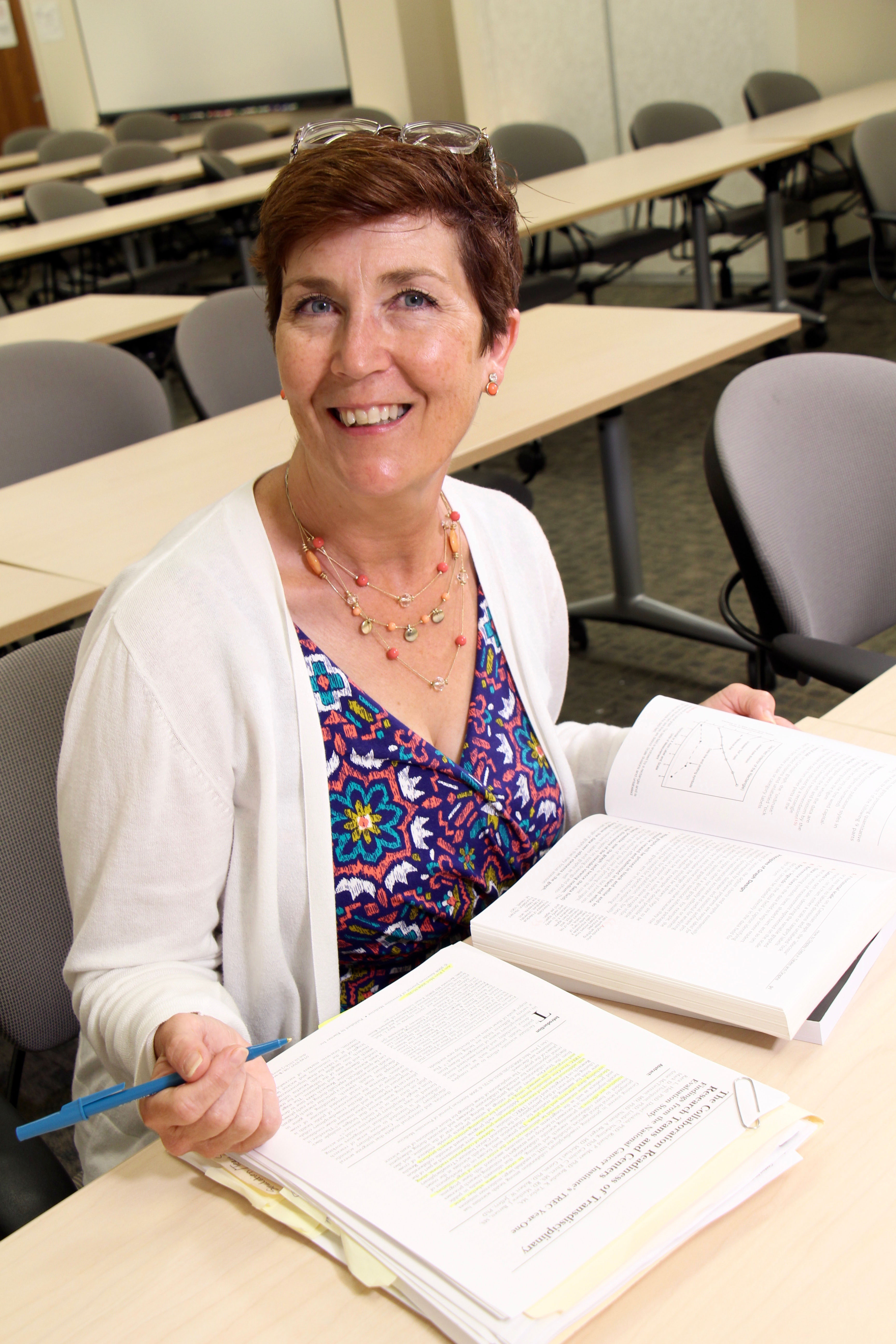Authors: Marie Norman, Associate Professor, and Colleen Mayowski, Assistant Professor, University of Pittsburgh School of Medicine, Pennsylvania, US.


If the Covid pandemic has taught us anything, it’s the importance of creative, savvy, responsive leaders in the health sciences. But how do we create such leaders?
Darlene Zellers, Director of the Office of Academic Career Development in the University of Pittsburgh’s Schools of the Health Sciences (PittSHS), set out to create a leadership training programme to develop transformational institutional leaders. She began by establishing the Leadership Academy for Early-Career Faculty in 2006, adding a second programme in 2016, the Advanced Faculty Leadership Academy, to target the needs and concerns of faculty at later career stages.
The curriculum Zellers and her colleagues developed focused on “shared” leadership. In contrast to “heroic” leadership, which is top-down, shared leadership embraces shared responsibility, mutual learning, and interdependence. Said Zellers, “I wanted a model of leadership that is responsive, dynamic, and multi-directional, where people within a team or organization lead one another.”
What kinds of training produces transformative leaders?
The Leadership Academies were offered monthly over the course of a year so as to ensure deeper and more sustained learning. Content was delivered in a highly interactive style by university leaders and a trainer from a local leadership consulting firm. Sessions focused on topics such as negotiation, managing for change, uncovering and addressing structural bias, and strengths-based leadership.
Participants engaged in a number of self-assessment activities focused on identifying strengths, gathering feedback from team members, and approaches to conflict. Participants were divided into Learning Circles based on career pathway. These groups stayed together throughout the programme. As one participant told us: “In my group, we shared challenges and ideas, which normalized my insecurities around leadership and made me feel understood and supported. This was one of the most valuable components of a valuable training!” At the end of the programme, faculty in the early-career group designed and presented an institutional leadership project they planned to implement while faculty in the mid-career group presented a project they had designed and begun to execute.
Did the programme work?
Colleen Mayowski, an assessment specialist, conducted a mixed-methods evaluation of the Academies in 2020, combining with an initial survey of Academy participants and qualitative interviews with 21 programme graduates [1]. Her team employed a deductive approach, designing the interview guide and codebook around the Kirkpatrick Model of Evaluation. This model differentiates four levels of impact: Reaction, Learning, Behavior, and Results, the latter two being both the most important and the most difficult to capture in standard programme evaluation. The study revealed positive outcomes across all four levels, with participants reporting specific behavior changes regarding how they leveraged their own strengths and those of team members, how they communicated, and how they empowered colleagues. They also reported tangible results vis-à-vis their own leadership roles including leading change efforts in their department and launching new initiatives.
“We found these results very encouraging,” said Mayowski. “The Leadership Academies’ combination of longitudinal delivery, richly relevant content, role-based accountability groups, and institutional leadership project delivered tangible results across all four Kirkpatrick levels. This programme’s ability to change changes in behavior and lead to measurable institutional impact is particularly promising.” In addition, as Zellers points out, the programme would be easy for other institutions to replicate. She offered four recommendations for institutions interested in following Pitt’s example:
- Target the programme to career stage, particularly in the framing of the capstone project.
- Focus didactic content on versatile skills that are valuable in all leadership contexts. Provide ample time for skills that take practice, e.g., negotiation, difficult conversations.
- Ensure the programme is tailored to career path and fosters peer-peer support and networking opportunities by organizing participants into small accountability groups based on roles within the university.
- Make sure that the capstone project has a defined scope, and provide clarity on expectations, along with examples.
We need transformational leaders in the health sciences, a field facing daunting challenges but also exciting opportunities. The Faculty Leadership Academy model shows that the leaders we need can, in fact, be created – with the right training.
References
[1] Mayowski, C.A, Norman, M.K., Proulx, C.N., Hamm, M.E., Martin, M.K., Zellers, D.F., Rubio, D.M. and Levine, A.S. (2022) Evaluation of two longitudinal faculty leadership training programs: behavioral change and institutional impact, Journal of Health Organization and Management, Vol. 36 No. 6, pp. 796-815.

Healthier lives
We understand the importance of a world that recognises and protects the most vulnerable and acknowledges the importance of a healthy mind as well as a healthy body.
